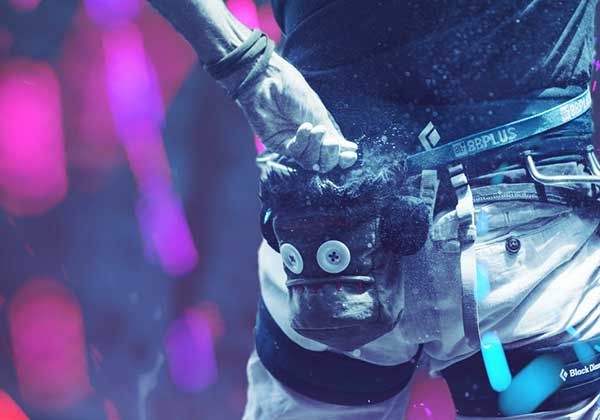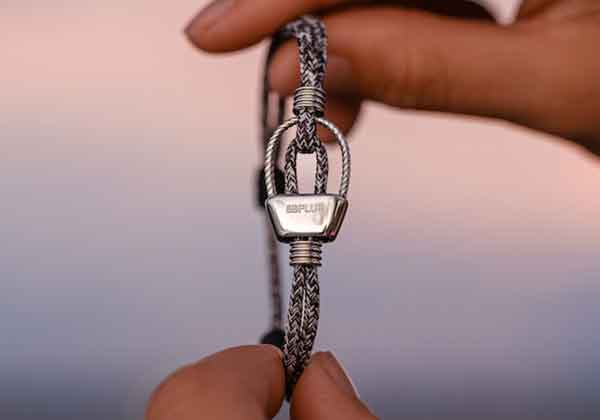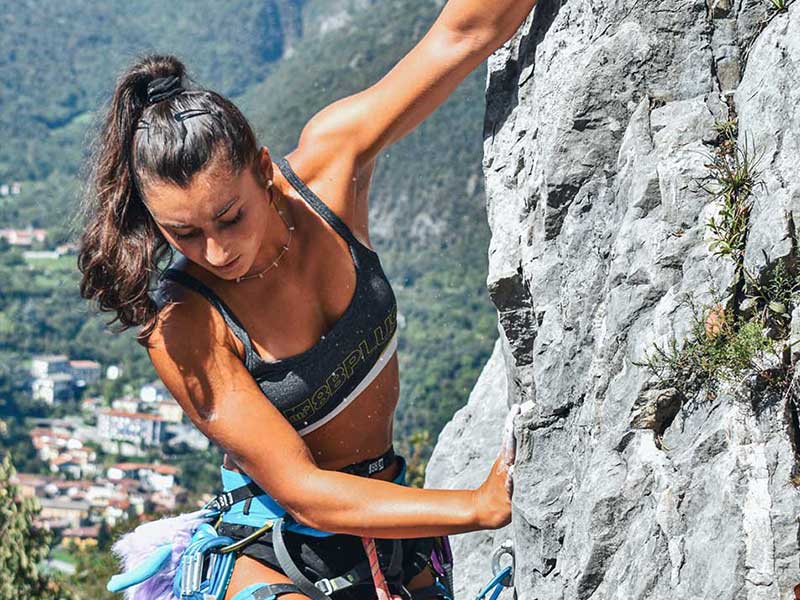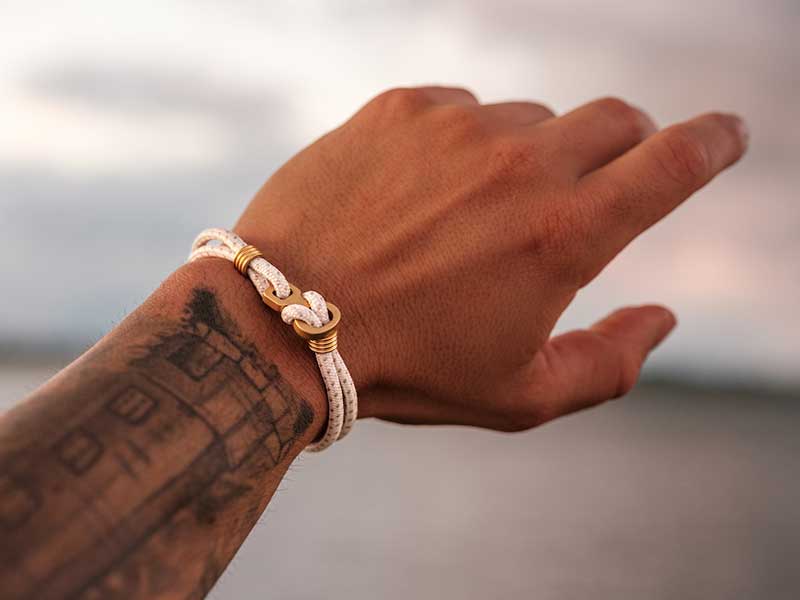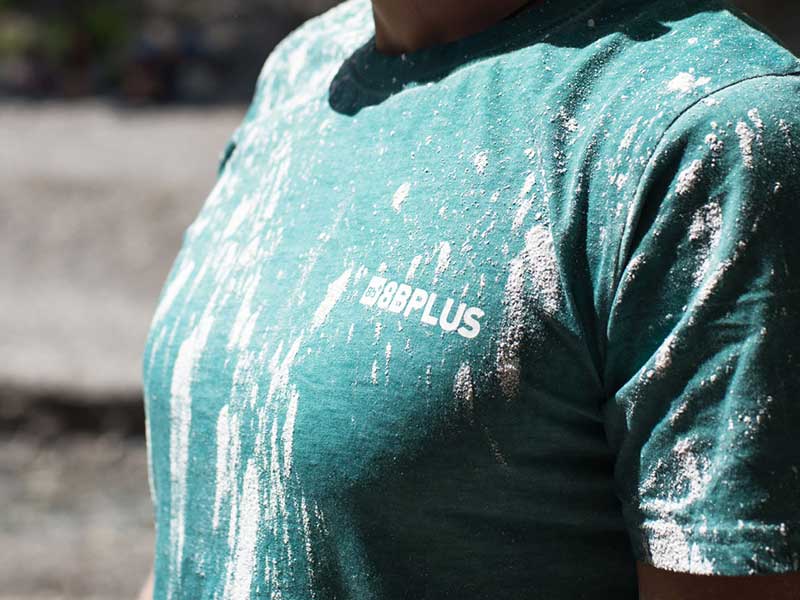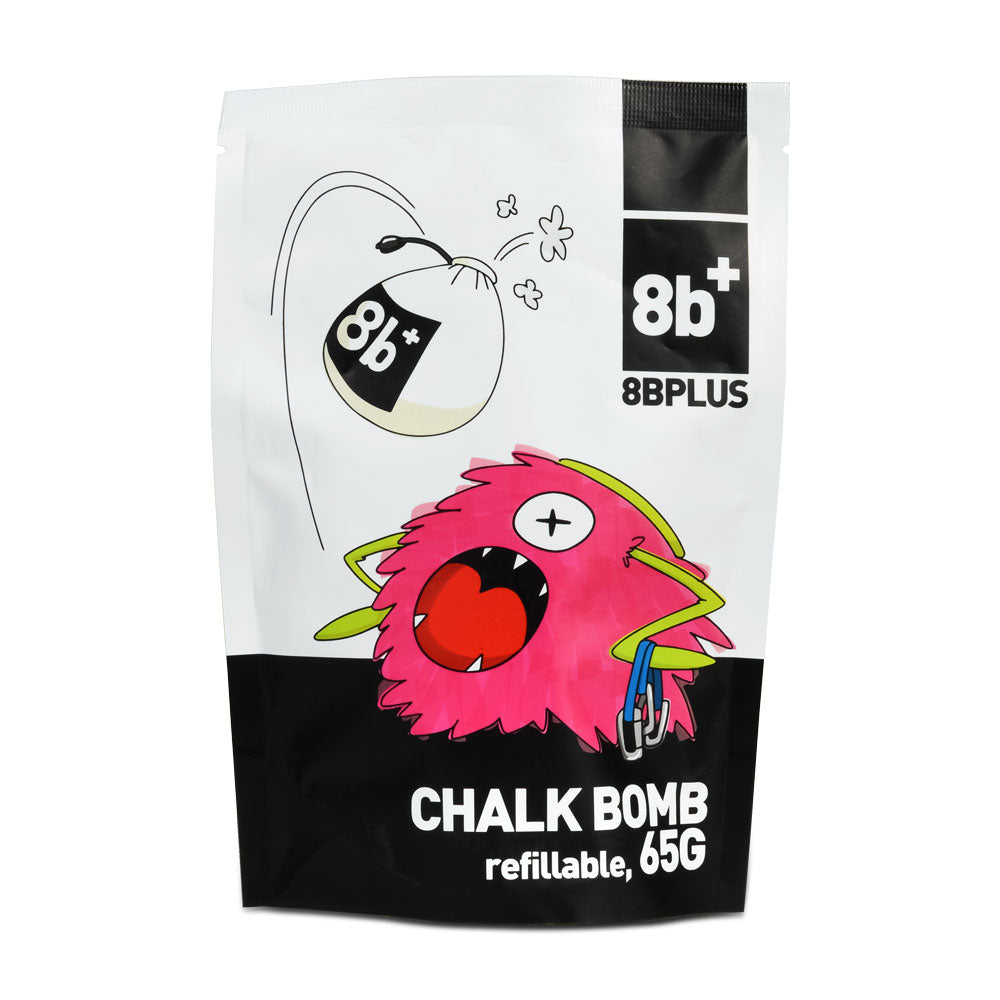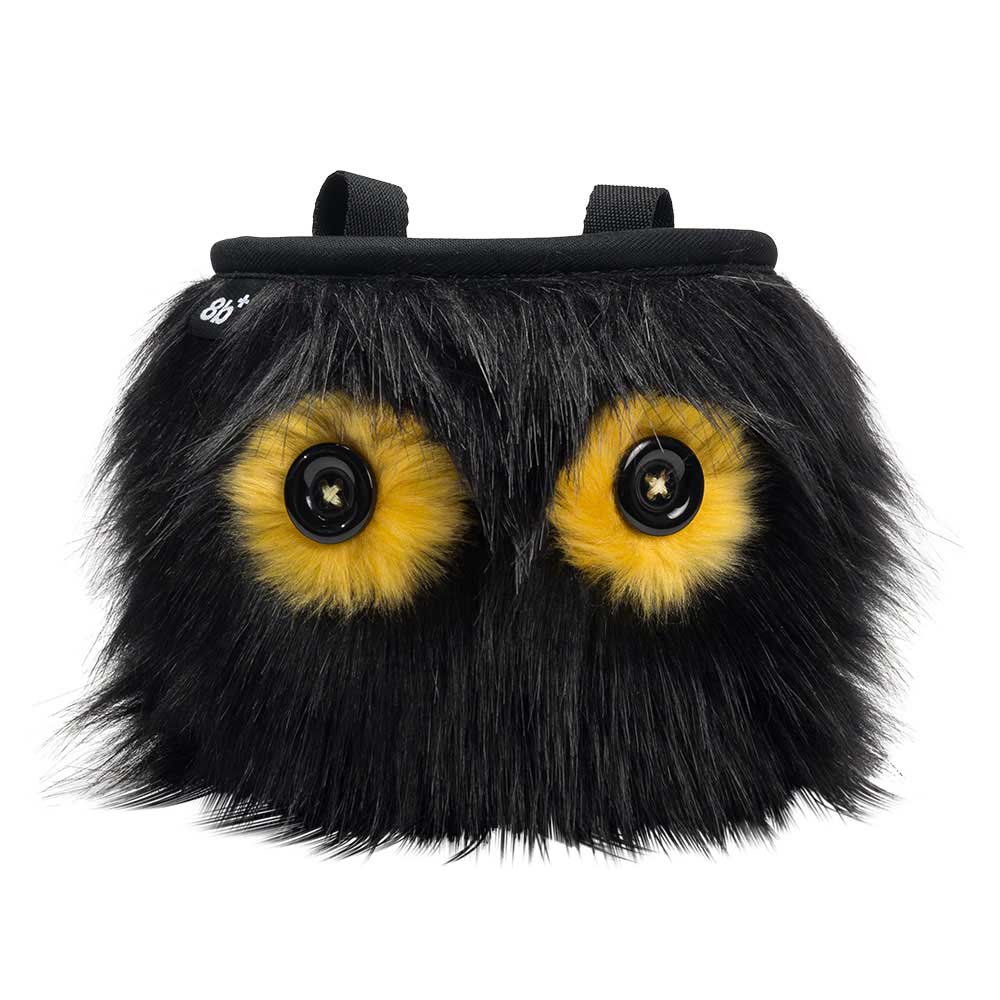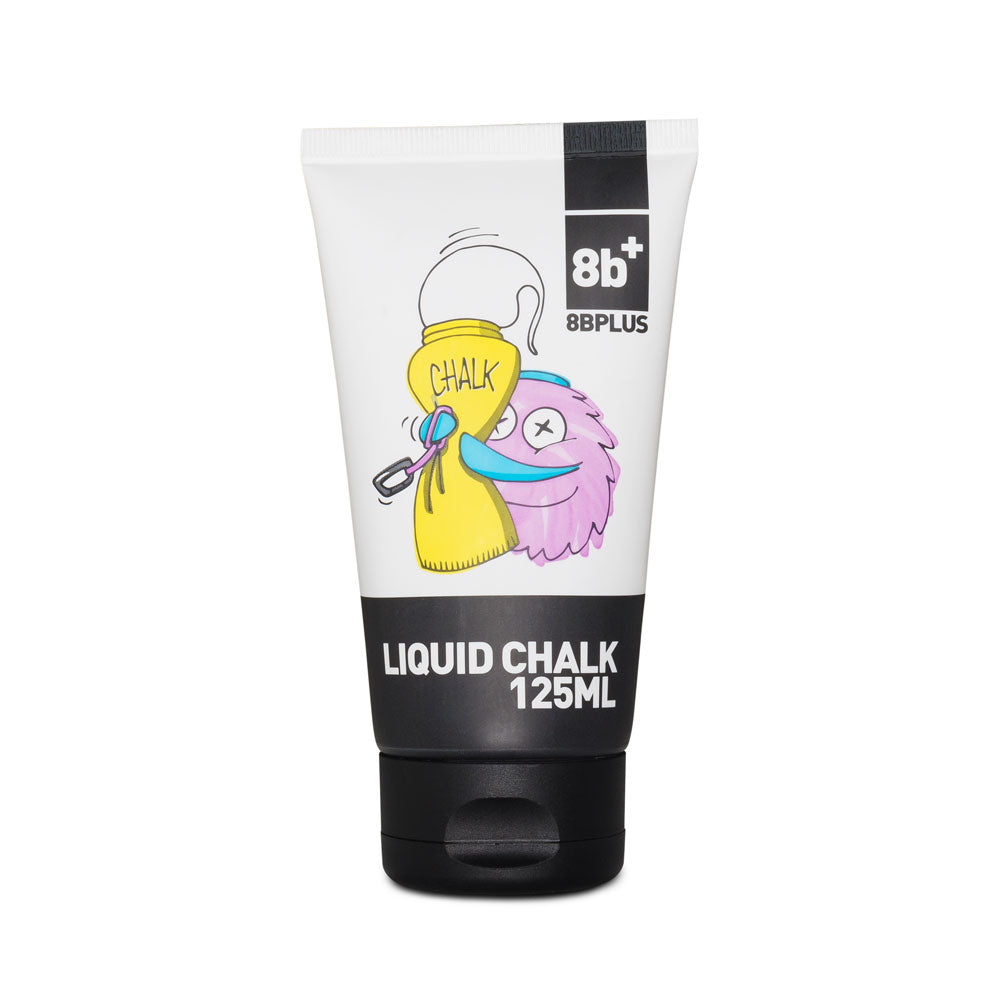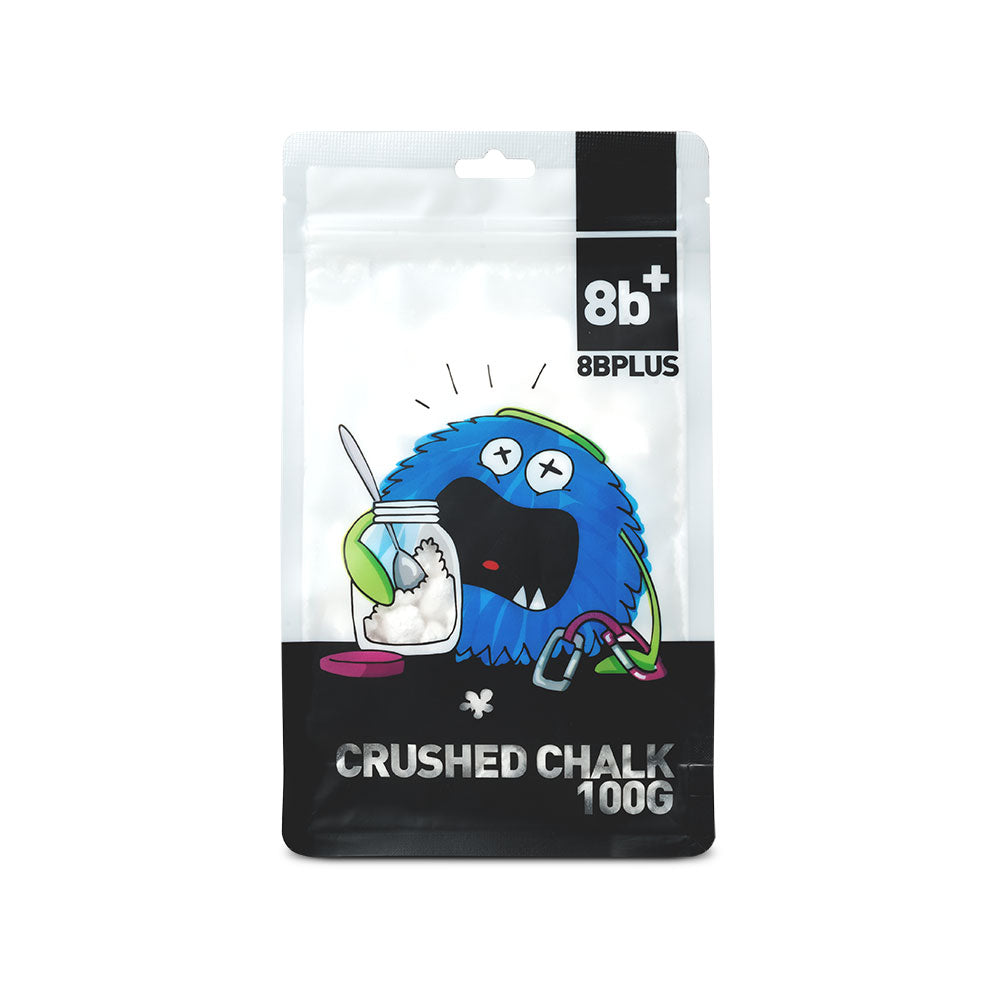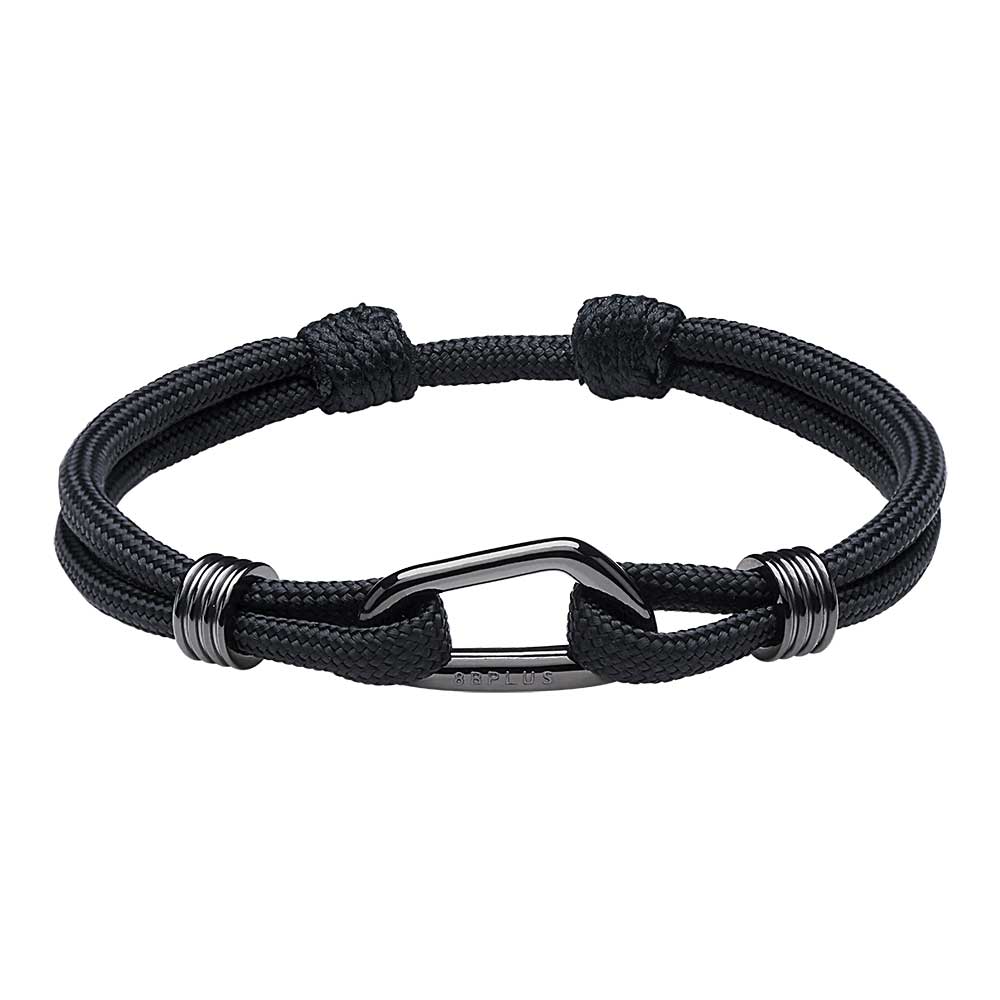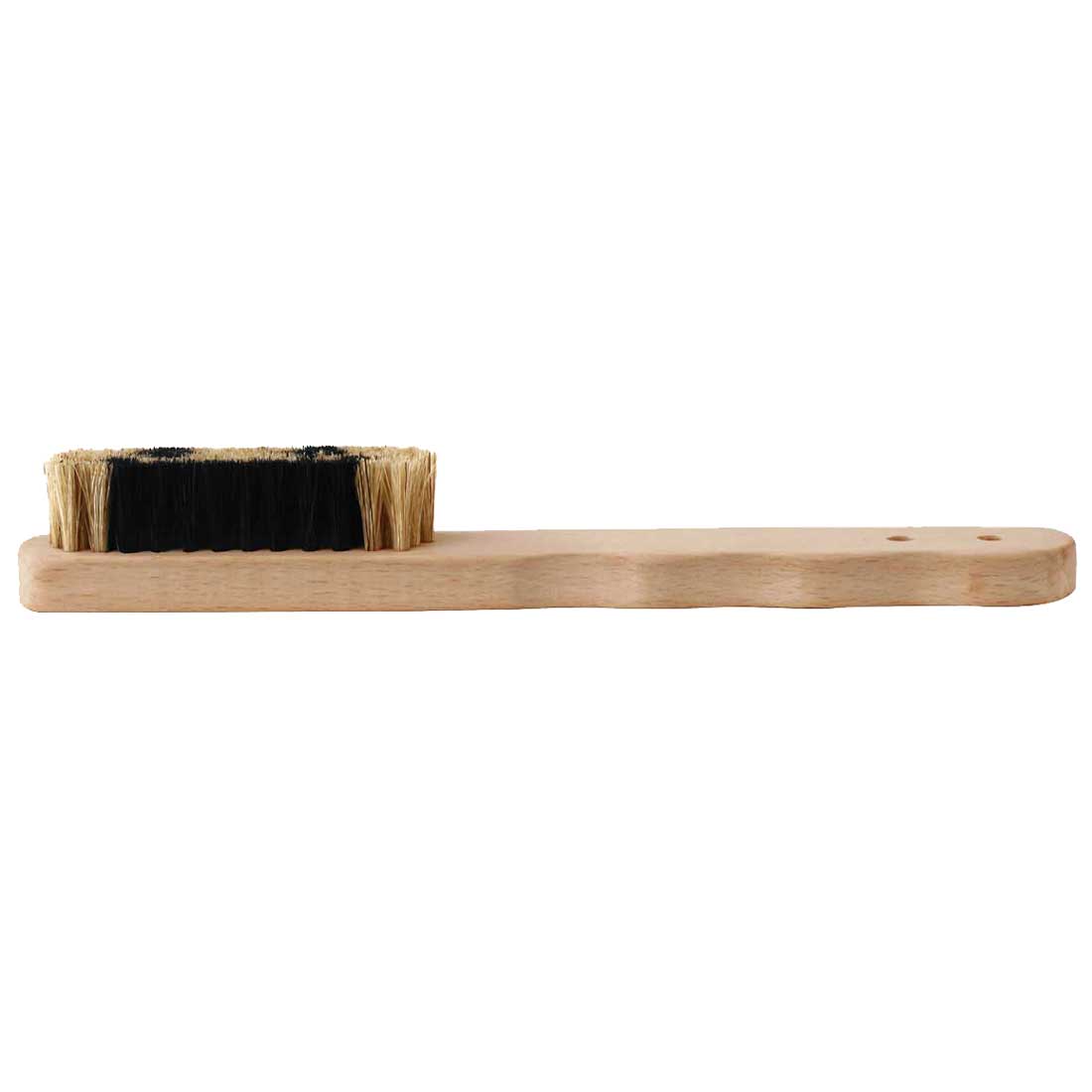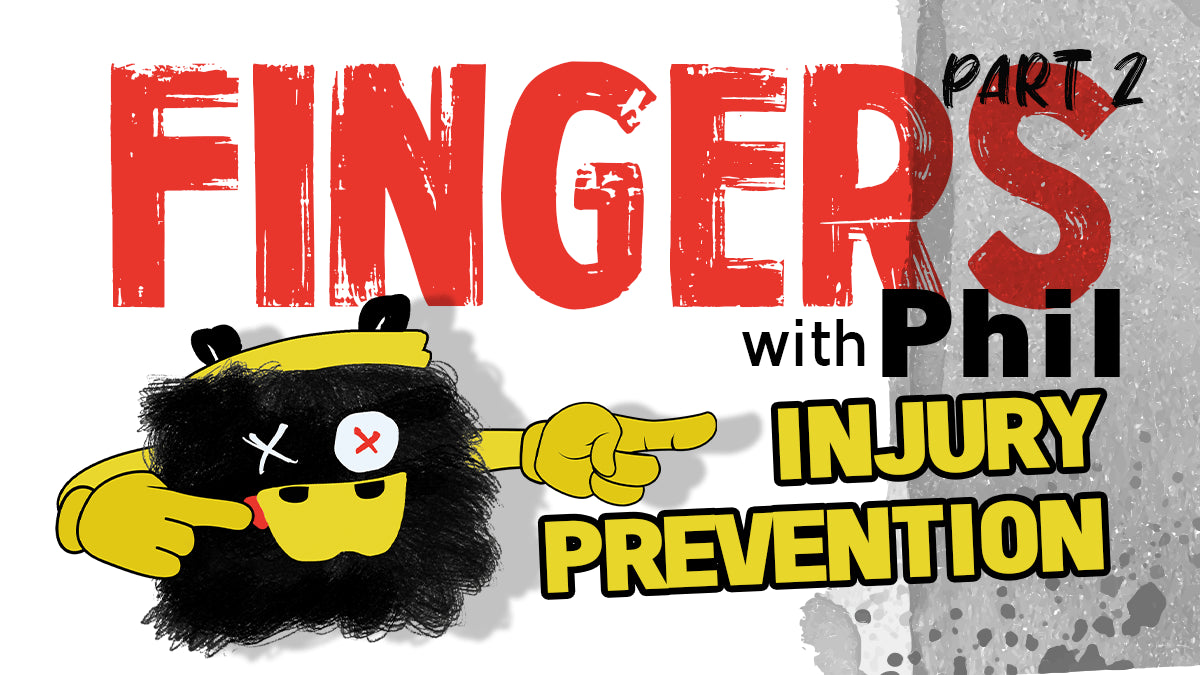
Fingers with Phil Part 2: Injury Prevention
The higher intensity you train, the higher the chances of damaging your fingers. So, let’s talk about the “don’t get injured rules.”
Welcome back to Fingers with Phil! Last time, we talked about how to know if you are ready for finger training and a couple of tips for hanging on a hangboard. Now you’re ready for the good stuff! Let’s chat a little about injury prevention and then get into the nitty-gritty of your first finger training.
Injury prevention rules
As climbers, we know the dreaded injury is hurting our precious finger tendons. The higher intensity you train, the higher the chances of damaging your fingers. So, let’s talk about the “don’t get injured rules.”
Always perform an in-depth, full-body warmup before training maximum strength and finger training.
Don’t try to train different components of training (power, endurance, and strength) in one day. Choose a single focus for the most productive session.
Prioritize rest! When training your maximum strength, give yourself more rest than you think you need.
If you feel discomfort or pain in your joints or fingers, end the session immediately. It’s not worth it! I’m terrible at this one, but I’ve learned the hard way how important it is!
Abiding by these rules in not just finger training but all dimensions of training will serve you well. Alright! Let’s get into the good stuff.
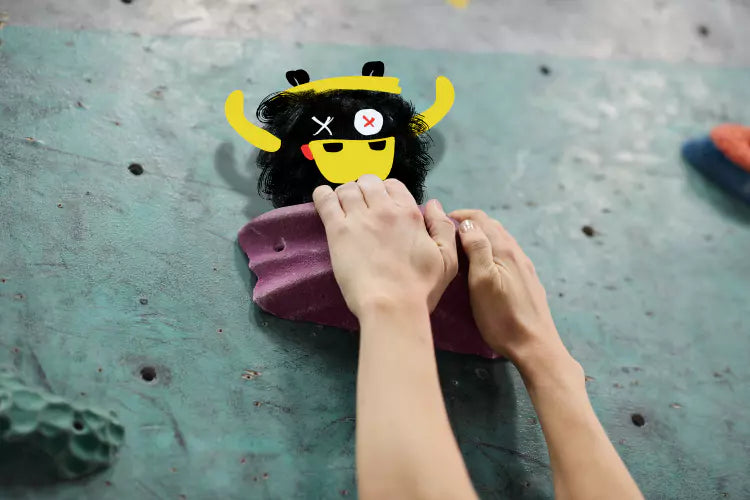
Max hangs
Maximum hangs are the most efficient way to train finger strength with a hangboard. Training at your maximum ability level is extremely strenuous on your finger tendons because you are building resilience! Even though you will likely only be hanging for a handful of seconds at a time, it’s imperative to take lots of rest. Your body might not feel fatigued at all since you’re just hanging, but your finger tendons are putting in work. Trust me.
Principle of rest
The higher the intensity, the more rest time is needed. And vice versa. Finger training is extremely high intensity, which means rest time will be long. And no, “long time” does not mean 30 seconds. I tried that already, and it doesn’t work. You have to rest up to 5 minutes between max hangs!
Smallest edge
The first type of maximum hang training is the smallest edge training. That is precisely what it sounds like, hanging on one of the smallest edges you can to build that strength in your fingers. Before hopping on a random edge and performing the workout below, you must test to see where your smallest edge will be. Start with an edge bigger than you think you can hang on, and hang for 20 seconds. If this is easy, bump down to a smaller edge. Continue this trend until you fail somewhere between 15-20 seconds. That will be your training edge. It’s important to note that in between each hanging attempt to find this edge, rest for 3-5 minutes. This test is very strenuous since you are hanging until failure, so consider it your training for the day. Rest for a day before performing the workout below on the edge you just found.
Max weight
The second type of maximum hang training is maximum weight hangs. That is hanging off a more prominent edge that is easier than your maximum ability. Instead of dropping down to a smaller edge, you will instead add weight to this larger edge. You can add weight by wearing your harness and attaching any sort of weight your gym offers to your harness. Using the same test system above, you can determine what weight to hang with. Choose a weight lighter than you think you can do, and hang with that weight for 20 seconds. If that’s easy, slowly add weight (only by a few pounds) until you fail somewhere between 15-20 seconds. That is your hanging weight! Make sure to rest 3-5 minutes between each hang, and consider this test to find hanging weight part of your training and rest for a day before performing another finger strength workout.
Sample workout
Always ease into it when beginning! Choose the lowest number for reps and sets until you feel confident and comfortable before increasing the intensity. Finger strength training is intense, so make sure your fingers are getting plenty of rest on days before and after training at your maximum intensity. If you want to climb the day before or after hanging, choose a less intense workout, like power endurance.
Smallest edge workout
At your smallest edge you found using the test above, hang for 8-12 seconds at >90% effort exerted. Perform 4-6 sets with 3-5 minutes of rest between each set.
Maximum weight workout
At your maximum weight you found using the test above, hang for 8-12 seconds at >90% effort exerted. Perform 4-6 sets with 3-5 minutes of rest between each set.
Yeah, it’s that simple! There are two tricks to finger training: 1) Stay consistent. If you stop after a couple of weeks, you likely won’t notice any improvement. 2) Stay healthy. If you get injured, you’ll have to stop after a couple of weeks, and you get the idea.
So what do you think? I know you’re tired after reading this but do you want to get a little training session before the gym closes tonight? Gotcha! That was a test. Go home and rest, and I will see you in the morning for finger training!

